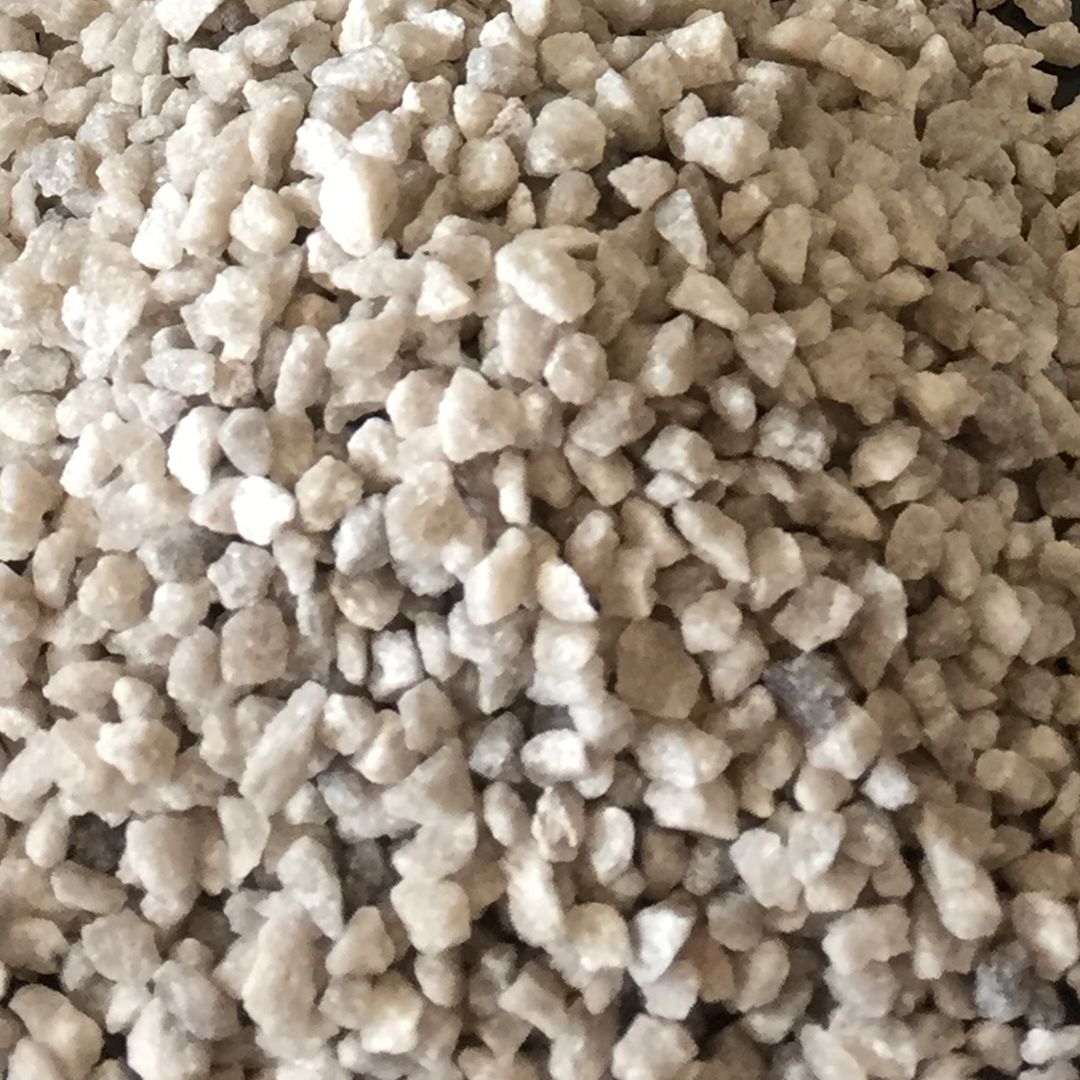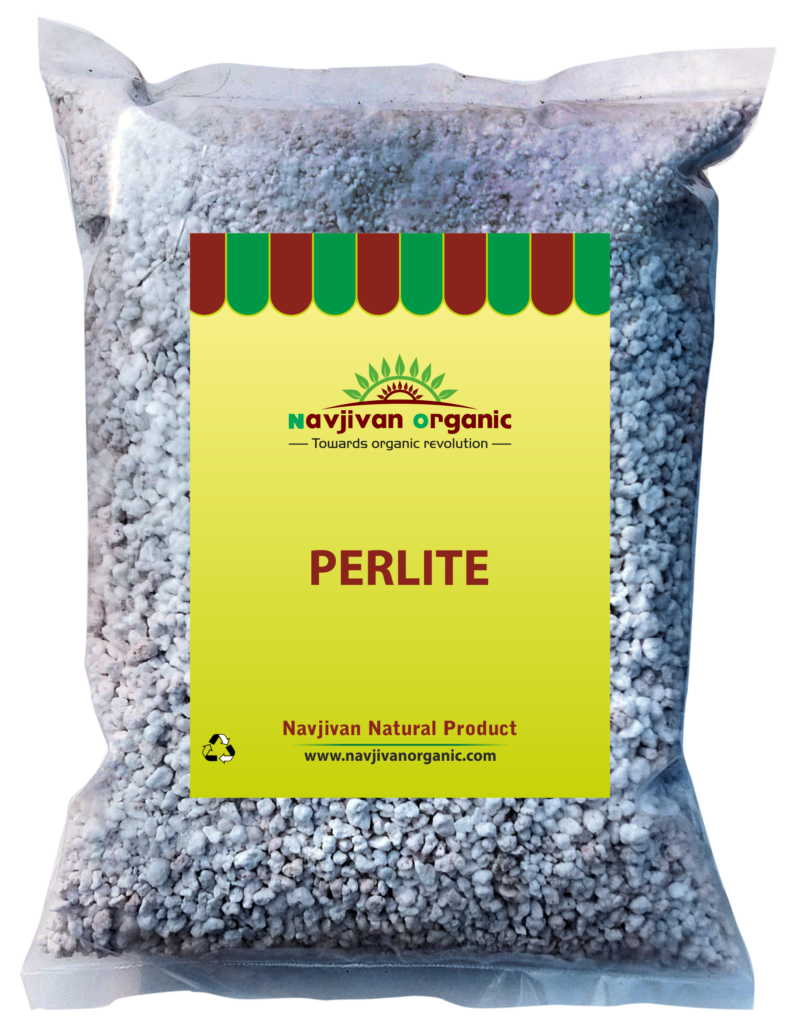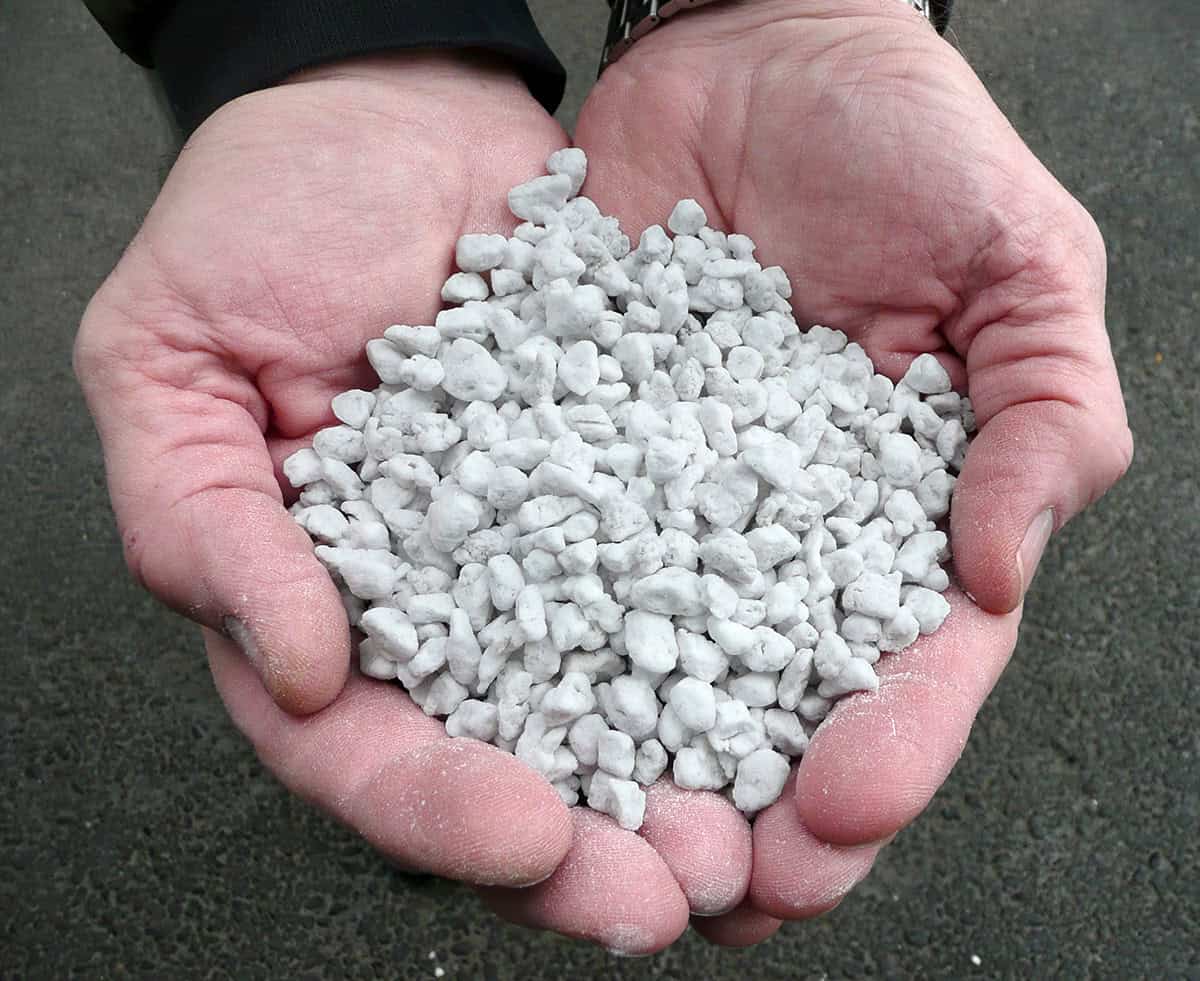Perlite has long been a popular choice for gardeners seeking to improve soil aeration, drainage, and overall plant health. This lightweight, porous material is often added to potting soil or garden beds to create the perfect growing environment for various plants. However, perlite isn’t without its drawbacks. Some gardeners may find it costly, while others are concerned about its environmental impact, given that it’s a non-renewable resource.
Whether you’re looking to cut down on costs, reduce your environmental footprint, or simply try something new, finding a good alternative to perlite can be essential for your garden’s success.

Perlite is a naturally occurring volcanic glass that, when heated, expands into the lightweight, porous material we often see in potting mixes. Its unique structure makes it an excellent amendment for improving soil aeration and drainage, which is crucial for healthy root development and preventing waterlogged soil. When perlite is mixed into soil, it helps create air pockets that ensure oxygen reaches plant roots while allowing excess water to drain away efficiently.
This volcanic material is favored by gardeners because it’s inert (doesn’t break down or rot), sterile (free from disease or pests), and lightweight, making it easy to work with. Typically, perlite is used in potting soils, hydroponic systems, seed-starting mixes, and even as a standalone medium for growing plants like succulents and orchids.
Benefits of Perlite in Gardening
The use of perlite in gardening offers numerous advantages, including:
- Improved Aeration: The porous structure of perlite allows air to circulate around plant roots, promoting healthier growth and preventing root suffocation.
- Better Drainage: Perlite helps excess water drain away from the soil, reducing the risk of root rot, which is especially important for plants that don’t tolerate soggy conditions.
- Lightweight and Long-lasting: Unlike organic soil amendments, perlite does not decompose over time, making it a durable option that won’t need frequent replacement.
- pH Neutral: Perlite has a neutral pH, meaning it won’t affect the acidity or alkalinity of your soil, making it suitable for a wide range of plants.
Common Drawbacks of Perlite
While perlite is widely used, it has some downsides that might lead gardeners to search for alternatives. Some of the common drawbacks include:
- Floating and Displacement: Due to its lightweight nature, perlite can float to the top of the soil or be blown away easily, which can reduce its effectiveness over time.
- Environmental Concerns: Perlite is a non-renewable resource, meaning that its extraction and production raise concerns about long-term sustainability.
- Cost: Perlite can be relatively expensive, especially if you’re using it in large quantities for outdoor gardening or large containers.
- Dust Irritation: When handling dry perlite, the dust it creates can irritate the eyes and respiratory system, making it less pleasant to work with unless it’s pre-moistened.
Perlite serves a crucial role in improving the physical properties of soil, but its limitations—especially in terms of cost and sustainability—drive many gardeners to explore alternatives.
Comparing Alternatives: Which One Should You Choose?
How to Choose the Best Perlite Alternative for Your Needs
With so many options available, it can be overwhelming to decide which perlite alternative is best for your garden. The choice depends largely on your plants’ specific requirements and the conditions of your growing environment. Here’s a guide on how to make an informed decision.
Considerations Based on Plant Types
Different plants have varying needs when it comes to moisture retention and drainage. Here’s a quick breakdown of which perlite alternatives work best for different plant types:
- Succulents and Cacti: These plants thrive in dry, well-drained soil. The best alternatives to perlite for succulents include pumice, sand, or expanded clay pellets. These materials ensure excess water drains quickly, preventing root rot.
- Houseplants: Houseplants often need a balance between moisture retention and aeration. For indoor plants, coconut coir and vermiculite provide a good mix of water retention and drainage, making them ideal for this purpose.
- Vegetables and Herbs: Many vegetables, especially those in containers, require soil that drains well but still holds moisture. Vermiculite, coconut coir, or a mix of rice hulls with organic matter like compost are excellent choices for vegetable gardening.
- Moisture-Loving Plants: Ferns, calatheas, and other moisture-loving plants benefit from alternatives that hold onto water without becoming soggy. Vermiculite and coconut coir are good options for retaining moisture while still providing adequate drainage.

/perlite-definition-and-types-1902787-1-a43b7d6f0e764727b4d929da6485b634.jpg)
